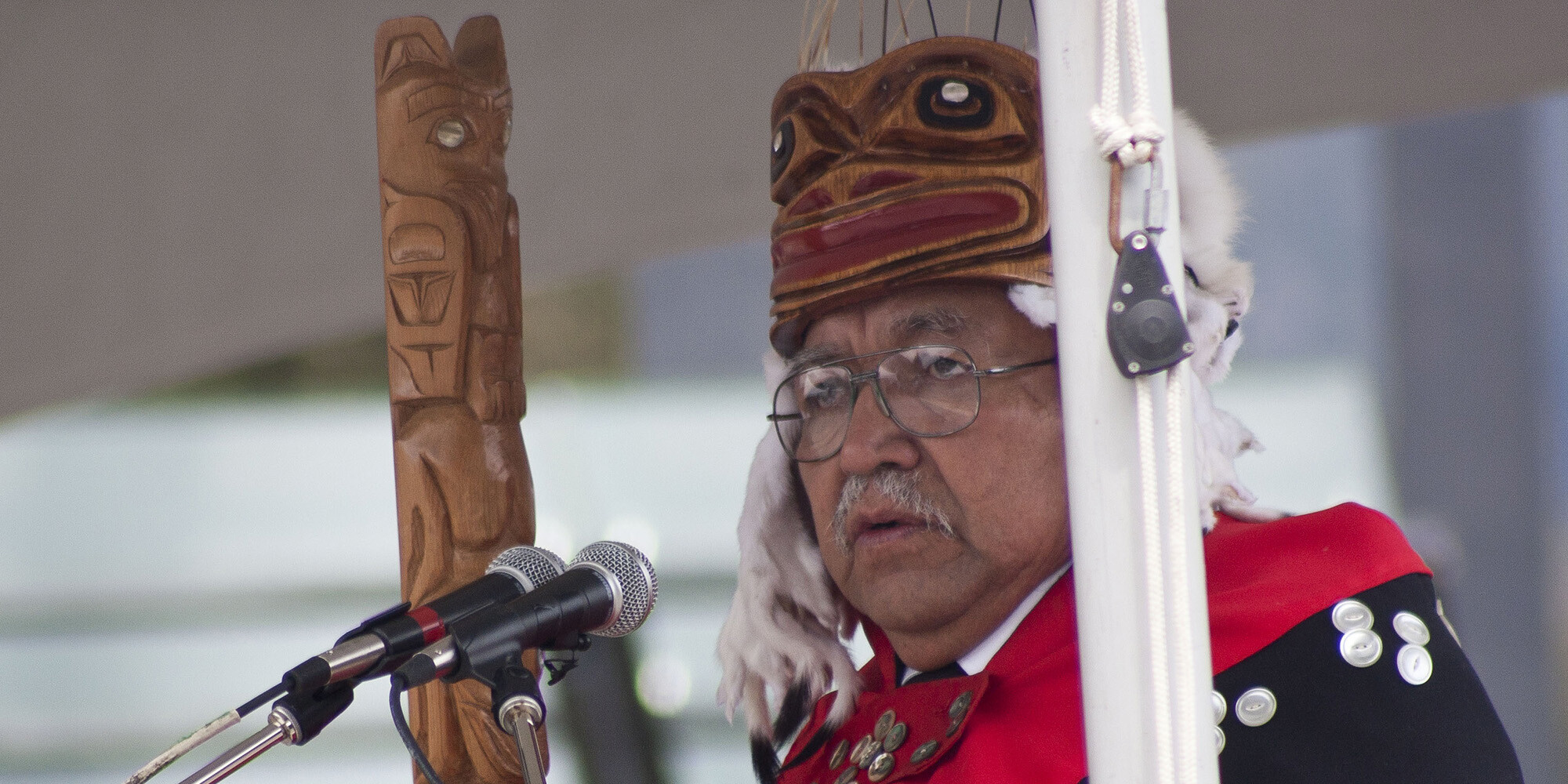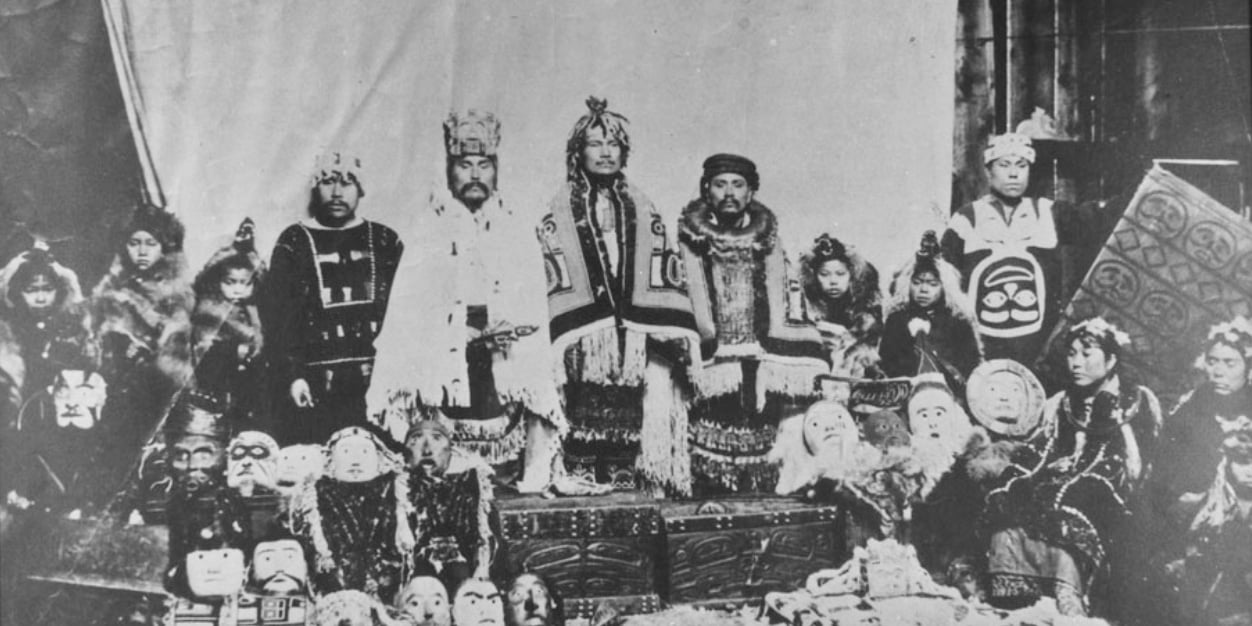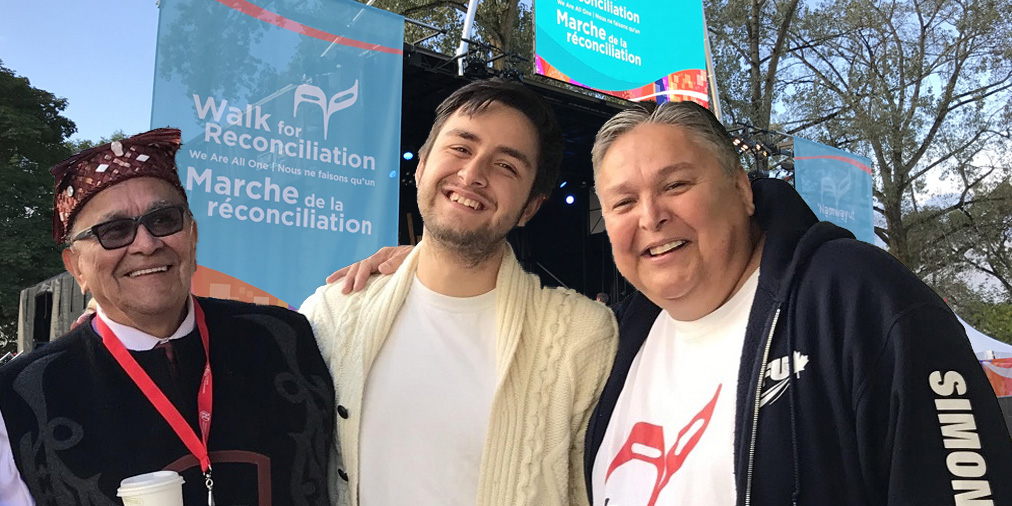First Nation Chiefs' Traditional or Elected Roles and Responsibilities
The role and responsibilities of First Nation Chiefs, traditional or elected, are not easily defined and are not synonymous across Canada due to the ...

In January 2019, a situation arose in northern BC that brought to the public’s attention the fact that some Indigenous communities have two forms of leadership, hereditary and elected. The public also became aware that the two forms of government have different roles and responsibilities and that they may not necessarily agree.
The concept of two forms of leadership in one community had many asking “Why?” The simple answer is “The Indian Act.” The federal government began imposing European-style elected leadership in 1869 to displace traditional political structures and sideline the influence of the hereditary leaders. Again you may ask “Why?” Because by sidelining hereditary chiefs the government believed they would effectively break the connection to traditions and culture thereby assisting the overall goal of assimilation. Some nations, however, have maintained their traditional or hereditary chief traditions so have both hereditary leaders and elected chiefs.
The enforced European election process injected confusion and undermined and destroyed traditions that were as old as time itself. As I quote in my book 21 Things You May Not Know About The Indian Act:
The Indian Act election system, in which the majority of our First Nation members still operate, has severely impacted the manner in which our societies traditionally governed themselves. It has displaced or attempted to displace our inherent authority as leaders and has eroded our traditions, culture, and belief systems. It does not reflect our needs or aspirations. It has also not kept pace with principles of modern and accountable governments.
Lawrence Paul, Co-Chair, Atlantic Policy Congress of First Nations Chiefs Secretariat, 2009
But don’t take my word for it. Carolyn Bennett, Minister of Crown-Indigenous Relations and Northern Development also lays blame on the Indian Act for confusion over who has the right to speak about land use:
I think that we're in this transition, hopefully, transformation, to be able to get more and more communities out from under the Indian Act so that there isn't this question of who speaks for the community, as they choose a governance of their own making
Minister Bennett goes on to talk about the plans the federal government has to assist Indigenous communities to return to self-government:
...the federal government is working to assist First Nations in building self-governance capacity, including through the new “Nation Rebuilding Program. . . the Indian Act, which imposed the elected band council structure on First Nations, had the effect of breaking up larger nations into “villages.”... The program is a way to counter that by recognizing self-defined Indigenous groups linked culturally, linguistically, geographically or along historical treaty lines... [1]
The program is intended to provide support for communities that have decided to rebuild their nations as self-governing, self-determining, and self-sustaining. The funding, $101.5 million over five years, includes support to build capacity to return to self-government and to exercise their rights as self-governing nations. The maximum amount payable to any one recipient in any year cannot exceed $1,500,000 and payments are made based on a combination of a cash flow forecast from the recipient and predetermined milestones, such as progress reports.
Funding is available for initiatives that foster nationhood and support the rebuilding of nations as they move to self-government.
Funding provided under this authority is intended to have the following outcomes:
A re-establishment of Indigenous nationhoods;
- The ability of aggregated nations to take on greater sectoral responsibilities, thereby facilitating a phased-in approach to self-determination and ultimately self-governance;
- Sense of unity amongst Indigenous nations;
- Identification and agreement among members on priorities for action and approaches to issues;
- Input to legislation, policies and programs so that they are more reflective of Indigenous perspectives;
- Increase members' understanding, acceptance and support for the government's Aboriginal policies;
- Reduction in the duplication of resolution of issues at individual Indian Act bands and Crown negotiation tables by addressing and resolving them at the nation-to-nation level; and
- Improvements in the relations between Indigenous peoples and the federal government. [2]
Overcoming 140-plus years of colonization and reviving self-governance institutions is not going to be easy or smooth sailing. The impacts of the Indian Act include loss of connection with traditional laws, practices, and traditional systems of governance, culture, and language. In some communities, the lineage of the hereditary leadership has simply died out, in many others, their elders, the keepers of knowledge about traditions, culture, language, and the land are aging and many have passed on.
A return to self-government is not a panacea for all the deeply rooted issues Indigenous communities have struggled with since the Indian Act was imposed on them in 1876 struggle with but it is a significant step in that direction.
Getting back to the Nation Rebuilding Program, there has been little negative press about the program since it was announced in the fall of 2018, and at this point, two nations have applied for and been granted funding.
[1] Amy Smart, Indian Act’s leadership structure the cause of pipeline gridlock in northern B.C.: Bennett, Globe & Mail, January 25, 2019
[2] Government of Canada, Contributions to support the Indigenous Nation Rebuilding Initiative
Featured photo: Nisga'a elder. Photo: miguelb, Flickr

The role and responsibilities of First Nation Chiefs, traditional or elected, are not easily defined and are not synonymous across Canada due to the ...

The Wetʼsuwetʼen protests in 2019 and 2020 were widely reported on and sparked public interest around one of many misconceptions of Hereditary Chiefs...

The great aim of our legislation has been to do away with the tribal system and assimilate the Indian people in all respects with the other...